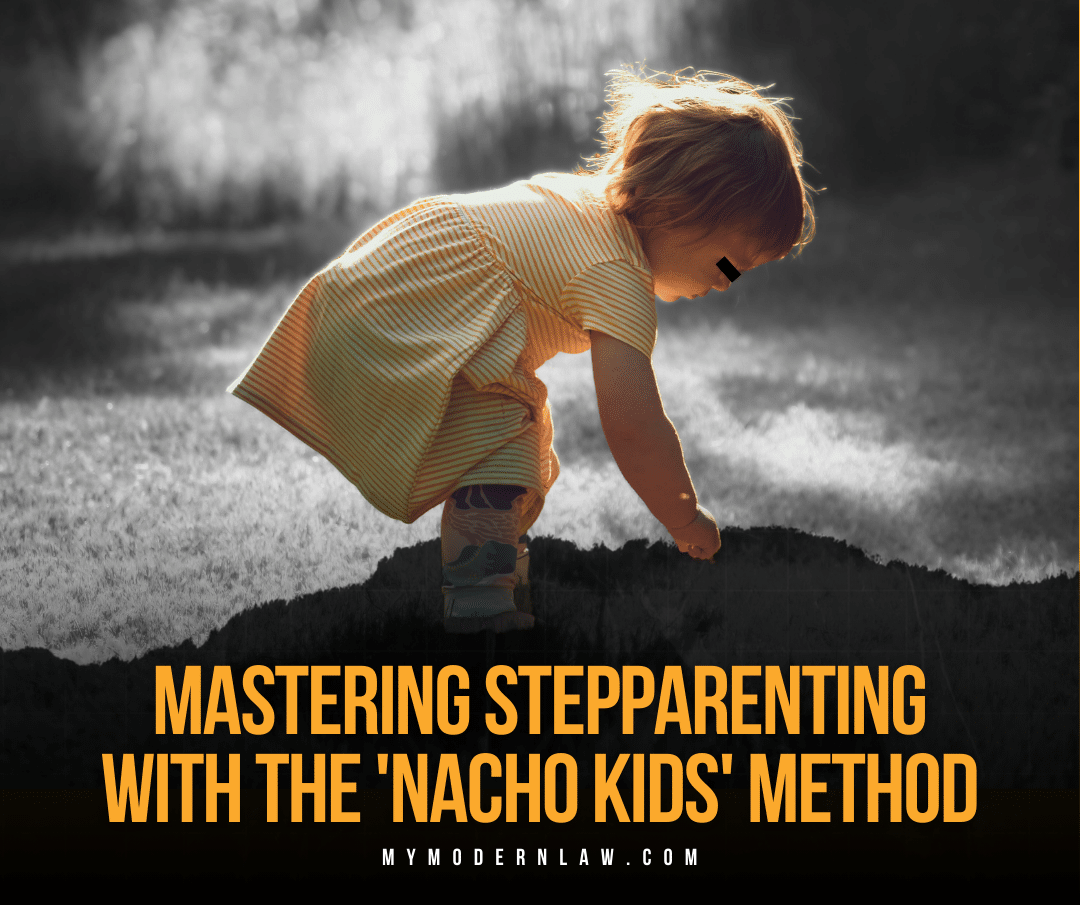Navigating blended family dynamics is challenging, but Lori and Dave Sims have pioneered a method that has proven effective for many stepparents. Their approach, known as the “Nacho Kids” method, focuses on understanding roles, setting boundaries, improving communication, and supporting one another. Here’s a closer look at the most impactful lessons from their experience.
Understanding Your Role as a Stepparent
Lori and Dave learned some crucial lessons on their journey, which have helped them find peace and balance at home:
1. Understanding Limits in Stepparenting
Lori and Dave’s journey underscored a lesson about the limits of a stepparent’s role. The realization that “they’re not your kids” helped Lori redefine her involvement, reducing stress and clarifying her position within the family.
This distinction is vital for all stepparents to understand—it’s about finding a balance between caring for the stepchildren and acknowledging that the primary parental responsibilities often lie with the biological parents.
2. The Importance of Setting Clear Boundaries
Clear boundaries are essential in any family but become even more critical in blended families. Establishing firm rules helps maintain order and security within the home.
Lori and Dave discovered that when everyone in the family understands these boundaries, it leads to less conflict and a more harmonious living environment. Boundaries also help children and adults alike know what to expect from each other, fostering a stable and predictable home life.
3. Enhancing Communication
Effective communication is the backbone of successful stepparenting. Lori and Dave emphasize the importance of open and honest dialogue not only between the couple but also with all family members.
Ensuring that each family member feels heard and understood is key to mitigating conflicts and building trust. This involves regular discussions about everyone’s feelings, thoughts, and concerns, which can significantly enhance family dynamics.
4. Mutual Support Between Partners
One of the most vital components of the Nacho Kids method is the consistent support partners must show for each other’s decisions.
When one parent makes a decision, the other’s support reinforces a united front, crucial for maintaining discipline and structure. This solidarity prevents children from exploiting potential divides, which is especially important in blended families where allegiances can be complex.
Practical Advice for Stepparents
Based on their experiences, Lori and Dave suggest some actionable steps that can help other stepparents manage blended family life better:
- Set Non-Negotiable Rules: Start by agreeing on some basic house rules with your partner. These should apply to everyone, no matter what. It helps keep things fair and straightforward.
- Regular Family Meetings: Holding family meetings can be a great way to check in with everyone. Use this time to discuss what’s working and what isn’t, celebrate achievements, and address any concerns. It’s a great way to make sure everyone feels valued and included.
- Backing Each Other Up: Make sure to always support your partner’s decisions in front of the kids. This doesn’t mean you can’t discuss and maybe disagree privately, but in front of the kids, show that you are a team. This helps reinforce the family structure and teaches respect.
Wrapping It Up
The “Nacho Kids” approach by Lori and Dave Sims offers valuable insights into the complexities of blended family life. Their method not only eases the personal stress of stepparents but also enhances the overall family dynamics. Stepparents can foster a more stable and loving home environment by setting clear boundaries, improving communication, and supporting one another.
These lessons provide a practical and effective roadmap for families looking to navigate the intricacies of blended family structures.








